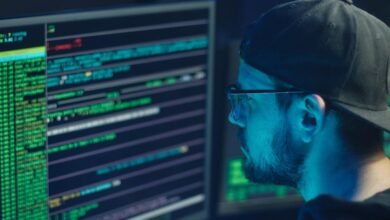Meaning of 52013L4

Directive 52013L4 serves as a crucial legislative instrument within the European Union, aiming to standardize regulations among member states. Its provisions impose specific obligations that require careful consideration from businesses. As compliance challenges arise, the directive highlights the necessity for alignment with national laws. Understanding its implications is essential, as failure to adapt could lead to significant operational risks and consequences. What further complexities might businesses face in navigating these regulations?
Overview of Directive 52013L4
Directive 52013L4 represents a significant legislative framework within the European Union, aimed at harmonizing regulations across member states.
Its directive objectives focus on enhancing regulatory coherence, promoting transparency, and ensuring the protection of individual freedoms.
Key Provisions and Requirements
The key provisions and requirements of 52013L4 outline specific obligations for member states to ensure compliance with the directive’s objectives.
This includes key definitions that clarify terms essential for effective implementation.
However, member states may encounter compliance challenges, particularly in interpreting these definitions and aligning national laws with the directive’s standards.
Addressing these challenges is crucial for achieving the intended freedom and compliance goals.
Impact on Businesses and Compliance
Businesses across various sectors face significant implications due to the provisions outlined in 52013L4.
These regulations introduce substantial compliance challenges, compelling organizations to adapt their operational frameworks. The need for enhanced transparency and accountability can strain resources, requiring strategic adjustments.
Failure to comply not only risks penalties but also jeopardizes reputations, underscoring the importance of proactive measures in navigating these evolving business implications.
Future Directions and Developments
Several key trends are emerging as stakeholders assess the implications of 52013L4 for future developments.
Sustainability initiatives are increasingly prioritized, reflecting a global shift towards responsible practices.
Concurrently, technological advancements are anticipated to enhance operational efficiencies and compliance mechanisms.
This dual focus on sustainability and technology is likely to shape regulatory frameworks, empowering businesses to adapt and thrive in an evolving landscape.
Conclusion
Directive 52013L4 serves as a guiding lighthouse amid the turbulent seas of regulatory compliance within the European Union. By illuminating the path toward harmonization and transparency, it challenges businesses to navigate the complexities of legal obligations while safeguarding individual freedoms. As organizations adapt their operational frameworks to align with this directive, they forge a more resilient structure, transforming potential penalties into opportunities for growth. The ongoing evolution of this legislation symbolizes a collective commitment to a fairer, more accountable marketplace.




